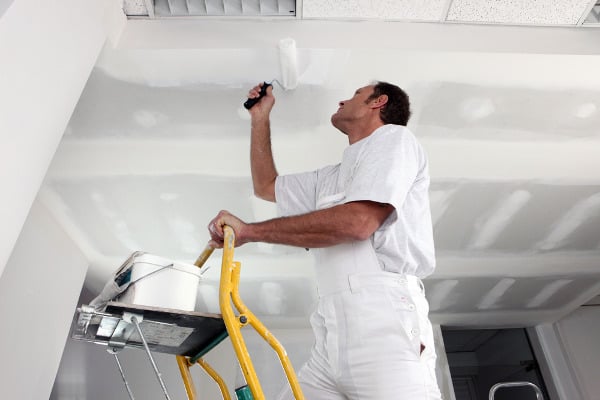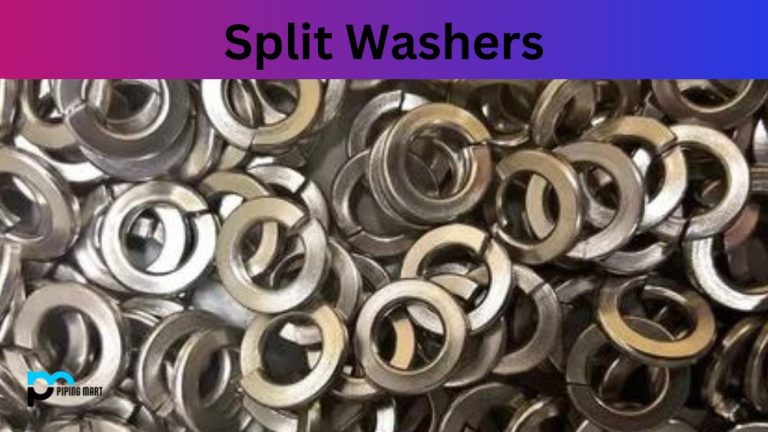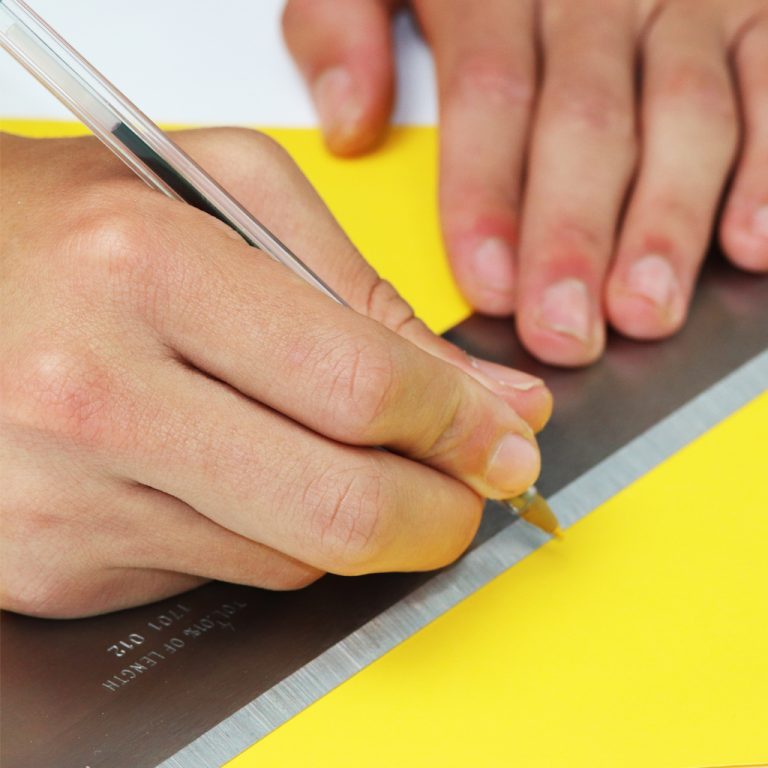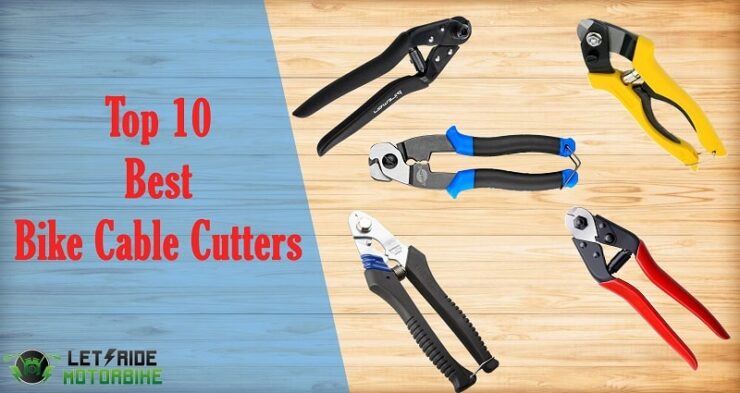Common Problems and Solutions of Hydraulic Wrench Pump
Common Problems and Solutions of Hydraulic Wrench Pump
In the daily use of hydraulic wrench pumps, there are always various problems. Now, TorcStark summarizes the common problems and solutions in the daily use of hydraulic torque pumps, hoping to help operators solve problems correctly and quickly.
1) What are the causes and troubleshooting methods for the unresponsive hydraulic wrench pump?
1. If the oil gauge shows that the pressure is rising but the wrench does not work, it may be that the joint is loose or the solenoid valve is invalid. Tighten the connector or replace the connector or solenoid valve with a spare one and try again.
2. If the oil gauge shows no pressure, first check whether the oil gauge connection is loose or the oil gauge is invalid. If there is no problem with the oil gauge, check whether the solenoid valve or the reversing valve is invalid. If none of this is a problem, then there must be a leak in the pump and you need to contact your supplier to fix it.
3. If the boost pressure of the electric pump is insufficient or cannot rise to 10,000 psi, and the problem of insufficient power supply is eliminated, then there should be a leak inside the wrench or the solenoid valve, reversing valve or pump. It is necessary to check whether the sealing rings are worn one by one.
4. If the motor of the pump does not turn after starting, open the electric control box to check, or reconnect the loose circuit. If it still does not work, you need to check whether the motor is damaged.
5. If the motor of the pump rotates slowly and is invalid, check whether the voltage and air pressure meet the requirements. If this is not the problem, the cause is the blockage of the radiator channel, which can be solved by cleaning it. There is another failure that is often encountered in wind power sites: the pump temperature is overheated. If it is not due to the under-voltage operation of the power supply, the remaining possibility is that the operator still presses the forward button after the cylinder reaches a large stroke during manual operation, which will cause a large amount of hydraulic oil to pass through the small hole in the safety valve and cause heat. Check that if the operator releases the button and presses the forward button before the quick release lever is at the front.
2) Why can’t the hydraulic wrench pump be pressurized?
The reasons for the failure of the hydraulic wrench pump not being pressurized and the solutions are as follows:
1. The release valve is defective. It’s recommended to contact the factory to change a new valve.
2. The voltage is too low. You can replace the power supply and then test.
3. The air supply is too low or the air hose is too thin.
4. The meter is defective. It is recommended to contact the factory for a new meter.
5. The oil level is too low.
6. The oil filter is blocked. It is recommended to contact the factory for a new oil filter.
7. If the hydraulic wrench electric pump has insufficient boost or cannot rise to 10,000 psi, and the problem of insufficient power supply is ruled out, it should be the leakage inside the wrench or the solenoid valve, reversing valve or pump. Check the sealing rings one by one to see whether they are worn.
8. If the motor of the pump does not turn after starting, open the electric control box to check or reconnect the loose circuit. If it still does not recover, you need to check whether the motor is damaged.
3) Purchase of hydraulic wrench pump, depending on the model or parameters?
Many users can only find the same model according to the original hydraulic wrench pump model because they do not know that there are a variety of hydraulic wrench pumps to choose from that can match the hydraulic wrench used in the field. In fact, when purchasing a hydraulic wrench pump, it is not mainly about its model, but only to see whether the following parameters meet the requirements for use.
①Maximum output pressure. Among the current hydraulic wrench brands on the market, the maximum operating pressure does not exceed 70MPa, so first look at the output pressure;
②The selection of the power source of the pump. The hydraulic wrench electric pump is used in ordinary working conditions, but for special working conditions such as petroleum and chemical industry, it is necessary to choose those explosion-proof hydraulic wrench pumps or pneumatic hydraulic wrench pumps;
③ Whether the rated voltage of the pump station is consistent with the on-site working conditions.
As long as the pump meets these three points, it can basically be used. At present, the hydraulic wrench pump station on the market is basically universal if the performance factors such as quality, speed and weight are not considered. If it is not universal, it is mainly because its quick connectors are not unified. Just replace a pair of the same connectors on the hydraulic wrench and on the hose.
4) What is the standard and frequency of replacing the hydraulic oil of the hydraulic wrench pump?
The hydraulic oil in the hydraulic wrench pump has certain standards. Generally, if the pump works continuously for 300 hours, the hydraulic oil needs to be replaced. If it is used frequently, it is best to replace the hydraulic oil every 3 months, but the specific replacement frequency should be determined according to the frequency of use. And always make sure there is hydraulic oil in the tank.
If you find one of the following problems when you use it, it is a reminder that you need to replace the hydraulic oil:
1. Dust gets into the oil tank and makes the oil dirty;
2. Peculiar smell;
3. The oil is mixed with water, and the oil is emulsified;
4. Deterioration and discoloration appear. These problems will affect the normal use of the hydraulic wrench pump.
For routine use, the hydraulic oil can be replaced on time, but in daily use, you can determine whether it needs to be replaced by looking at the state of the hydraulic oil. If the hydraulic oil is found to be black and grayish-brown, it means that the hydraulic oil has been used for too long and the impurities are polluted, and it needs to be replaced immediately. Or it is found that the oil has emulsification or peculiar smell, which means that the oil has deteriorated and needs to be replaced in time. Torcstark hereby recommends that users should thoroughly clean the oil tank when replacing the hydraulic oil, and then inject new hydraulic oil to ensure that no residual impurities enter the new oil. This allows better use of the hydraulic pump and prolongs its service life.
5) How to maintain the hydraulic wrench pump
1. Hydraulic oil: The hydraulic oil added to the hydraulic wrench should be replaced after 40 hours of continuous operation. The specific replacement frequency should be determined according to the frequency of use. Always ensure that there is hydraulic oil in the tank;
2. Quick connector: Regularly check the quick connector connected to the hydraulic wrench pump to prevent leakage, and ensure that the quick connector is clean before use;
3. Pressure gauge: If the liquid level drops, it means that the pressure gauge is leaking. If there is hydraulic oil in the gauge, it means that the pressure gauge is invalid and needs to be replaced in time;
4. The oil inlet filter of the pump station: the filter needs to be replaced every 2 years. If the frequency of use is high, it needs to be replaced frequently;
5. Remote control switch: The trachea connected to the remote control switch should be checked regularly to prevent obstruction or knots. If the trachea is bent or ruptured, it should be replaced in time. Periodically check the spring-loaded buttons on the remote control handle;
6. Pumping station: every time it works, if the temperature of the oil tank of the pump is too high, it needs to be shut down to cool down, and then work again. Check the pump station every 2 years.
6) How to adjust the pressure of hydraulic wrench pump station
Turn on the power switch to start the pump station. First loosen the pressure regulating valve until the pointer of the pressure gauge returns to zero, press and hold the ON button on the hand crank, and slowly turn the pressure regulating valve clockwise. At the same time, pay attention to the pressure value of the pressure gauge pointer, stop turning and tighten the lock valve when the required pressure value is reached. Release the hand crank button, the oil will return to the pump station, the pressure gauge pointer will return to zero, and then press the ON button to increase the pressure, and the pressure gauge pointer will return to the previously set pressure value. This completes the pressure regulation of the pump station.
7) What should be paid attention to when using hydraulic wrench pump?
1. Check the hydraulic oil before operating the hydraulic wrench pump, and add the hydraulic oil that meets the requirements in strict accordance with the oil quantity instructions;
2. When adding hydraulic oil to the hydraulic wrench pump, the amount of oil needs to be added to 80% of the oil window;
3. After adding hydraulic oil, it is necessary to switch on and off the hydraulic station repeatedly to drain the air inside;
4. Before connecting, check whether there is dust or fine sand in the quick connector, and wrap the quick connector with dust-proof items after use;
5. The pressure of the hydraulic wrench pump can only be adjusted from low pressure to high pressure, otherwise it is inaccurate;
6. When debugging the hydraulic wrench and hydraulic wrench pump, high-pressure debugging is not allowed. The pressure should be below 2200Psi;
7. After the work is finished, release the pressure regulating valve in time;
It is strictly forbidden to drag and bend the hydraulic hose on the ground, and it is strictly forbidden to coil and rotate the hose during use.
8) Why does the hydraulic wrench pump make noise?
The location where the noise occurs in the hydraulic wrench pump station:
Hydraulic pump station noise includes air noise, structure noise and fluid noise. Among them, the main noise source is the hydraulic pump and its driving equipment. In addition, almost all hydraulic valves are also sources of noise. The hydraulic pipeline and accessories also transmit noise during the energy transmission process, and the noise is enlarged at the resonance frequency due to the disturbance, which can also be considered as a noise source. At present, the basic methods of noise control of hydraulic pumping stations include control of noise source, control of noise propagation and control of receiver. Among them, the emphasis is on the control of its main noise source hydraulic pump.
Reasons for the noise of the hydraulic wrench pump:
1. There is air in the hydraulic wrench pump. This fault usually occurs when a new pump is installed. When starting a new pump, oil should be added to the pump first to lubricate the bearing, plunger and cylinder of the pump.
2. The viscosity of the hydraulic oil is too large, which reduces the self-priming capacity of the pump and reduces the volumetric efficiency.
3. The oil level of the oil tank of the hydraulic wrench pump is too low. The blockage of the oil suction pipe makes the oil suction resistance of the pump larger, which causes the pump to suck empty or there is air leakage in the oil inlet pipe section, and the pump sucks air.
4. The oil pump and the motor of the hydraulic wrench pump are improperly installed, that is to say, the concentricity between the pump shaft and the motor shaft is inconsistent so the oil pump bearing is subjected to radial force to generate noise.
9) The method of prolonging the service life of hydraulic wrench pump
1. Coupling: When using an electric hydraulic pump, if you want to extend the service life of the electric hydraulic pump, you need to pay attention to the quality of the coupling. Since the drive shaft of the hydraulic pump cannot bear radial force and axial force, the shaft end should be directly installed on the power shaft. If the shaft end is directly connected to the gear or pulley, it will generate noise during operation and cause greater wear;
2. Hydraulic oil tank: The main function of the hydraulic oil tank is to store oil and dissipate heat. In order to better use the hydraulic oil tank, when selecting the oil tank, pay attention to its capacity of the oil tank. Generally speaking, mobile equipment and fixed equipment can be selected. The flow rate of mobile equipment should be more than 2-3 times that of the pump, while the flow rate of fixed equipment should be more than 3-4 times that of the pump;
3. Oil filter: There are 3 common oil filters, oil return oil filter, oil suction oil filter, oil pressure oil filter. The location and function of different oil filters are also different. Since the oil filter is an important part of the electric hydraulic pump, in order to prolong the service life of the hydraulic pump, the inspection of the oil filter should be done well.
Summarize
The above are the 9 common problems and solutions of hydraulic wrench pumps that TorcStark summarizes in daily use. Hope to help our users to use the hydraulic wrench pump more conveniently. If you encounter other problems in daily use, please contact us for the best solution.




